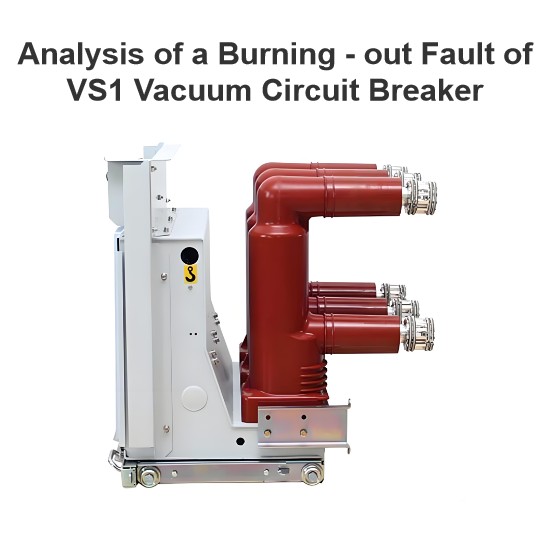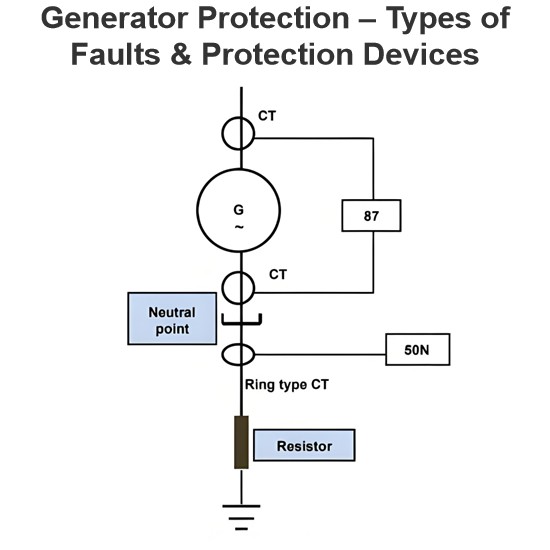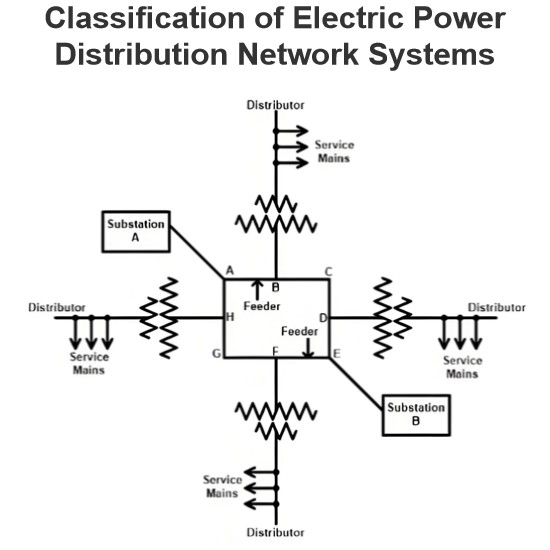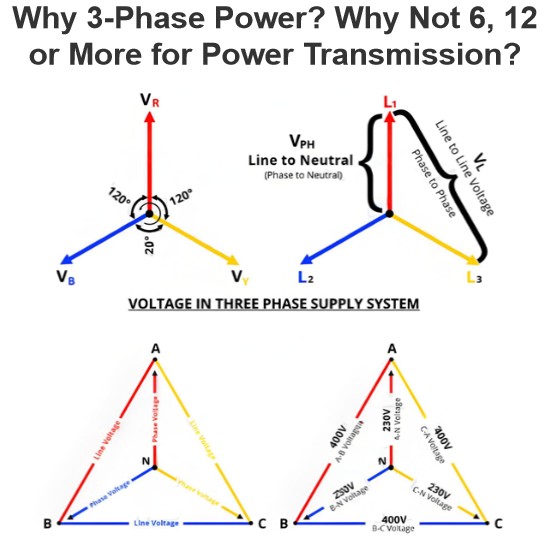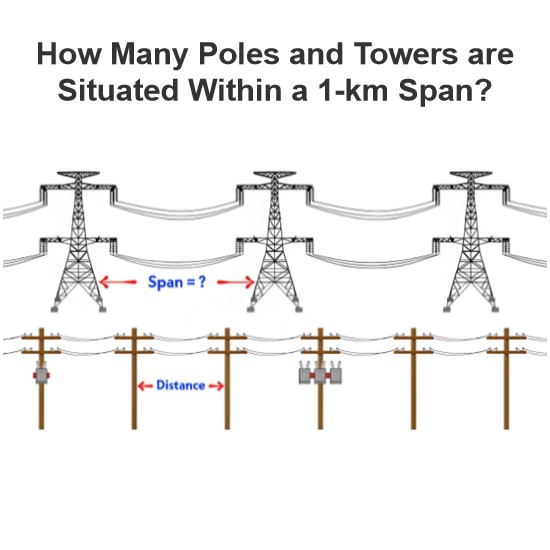| Brand | Wone |
| Model NO. | 550KV/4000A SF6 Circuit Breaker |
| Rated voltage | 550kV |
| Rated normal current | 4000A |
| Series | LW10B |
Description:
SF6 circuit-breaker adopts SF6 gas as insulation and arc extinguishing medium, and its arc extinguishing chamber is single voltage variable opening distance, which is mainly used to meet the rated current and fault current, convert the line, and realize the control and protection of the transmission line, and it is equipped with CYT hydraulic operating mechanism for division, closing and automatic reclosing. The circuit breaker is divided into two kinds of products: break without closing resistance and break with closing resistance.
Main Features:
High insulation level, excellent breaking performance of the interrupter.
Equipped with independently-developed CYT hydraulic mechanism, all hydraulic pipes built in, no leakage, good mechanical reliability.
Adopting imported control valve, with stable performance and anti-slow-opening function in case of pressure loss.
The component parts are highly interchangeable with other products of company, experienced manufacturing technology, easy to maintain on site.
Technical parameter:
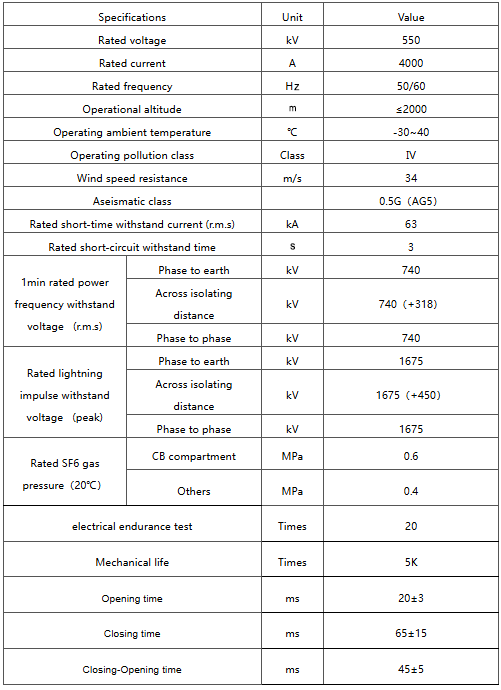
What is a vacuum interrupter for a tank circuit breaker?
Working Principle: The vacuum arc quenching chamber utilizes the high insulation strength between contacts in a vacuum environment and the rapid diffusion characteristics of arcs in a vacuum to extinguish the arc. When the contacts separate and an arc is generated, the metal vapor and plasma in the arc quickly diffuse and cool in the vacuum environment, preventing the arc from sustaining itself and thus achieving the interruption of the circuit.
Compact and Lightweight: Small size and light weight.
Long Life and Simple Maintenance: Long operational life and simple maintenance requirements.
Environmental Friendliness: No risk of SF₆ gas leakage, making it more environmentally friendly.
Interrupting Capability: While it has excellent performance, its interrupting capability is slightly weaker compared to pressurized arc quenching chambers in high-voltage and high-current applications. Currently, it is primarily used in medium-voltage and some high-voltage applications, such as tank-type vacuum circuit breakers.

